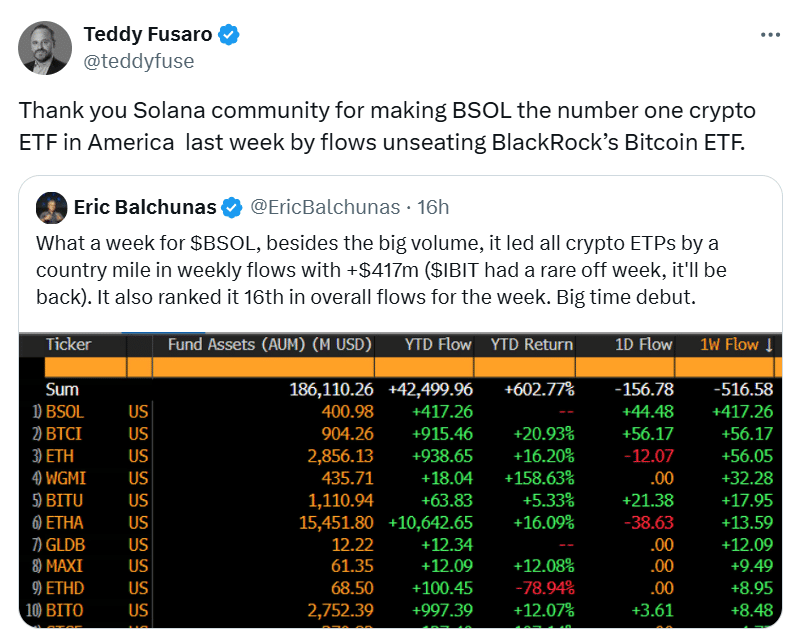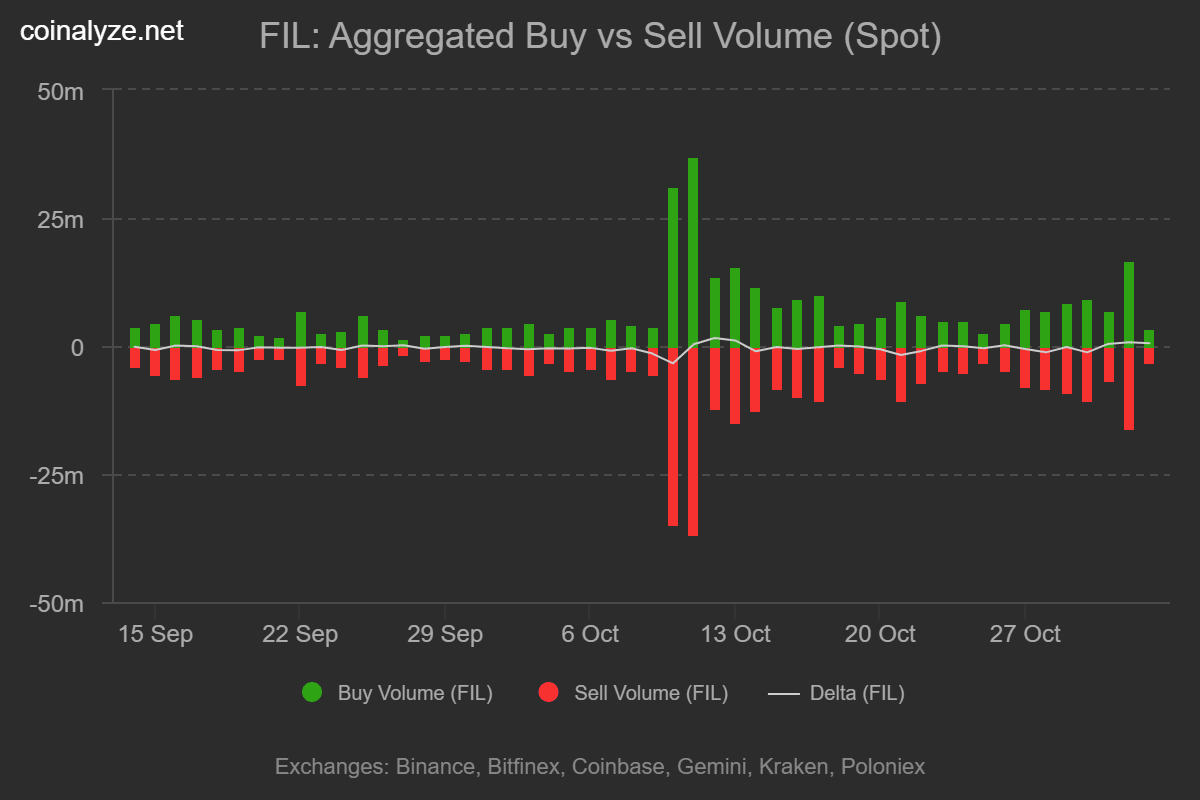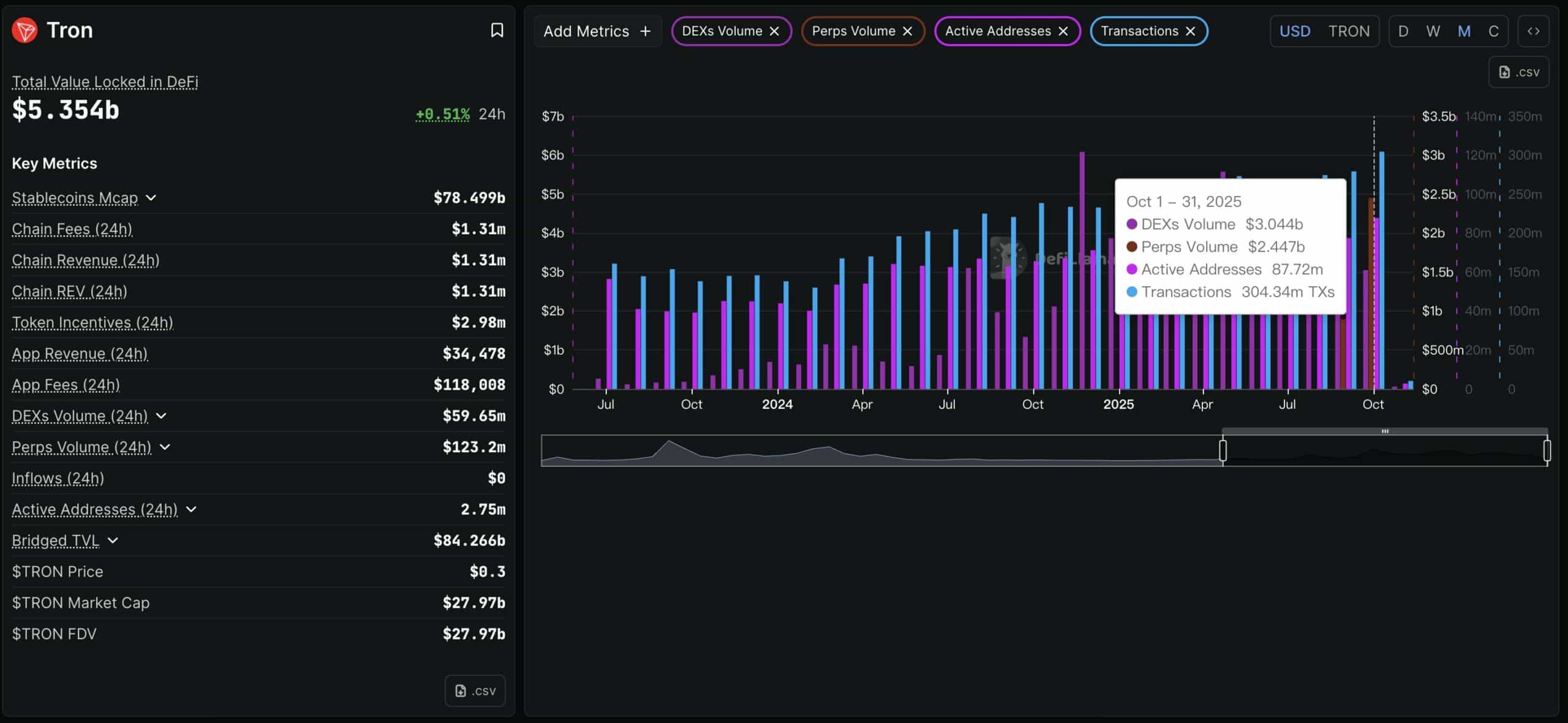Gold Soars to Record High Amid Explosive Allegations of Covert Strikes in Qatar—What This Means for Global Markets Right Now
Ever wondered why gold, that shiny relic from pirate tales and jewelry boxes, suddenly decides to rewrite the record books? Well, Tuesday was one of those days when gold didn’t just twinkle — it blazed a trail, hitting an eye-popping $3,674 an ounce. At press time, XAU/USD was still cruising up by nearly 1%, proving gold’s got some serious mojo right now. The question isn’t just *why* gold’s rallying — it’s what keeps pushing investors to huddle around this precious metal like it’s the financial equivalent of a warm, safe blanket? As tensions flare in the Middle East, with explosive events unfolding over Qatar’s capital and high-stakes strikes shaking the region, the markets are screaming one thing: risk-off. Amid the chaos, gold is soaking up all those safe-haven flows, while oil prices creep higher, feeding the wild cocktail of uncertainty and opportunity. So, is this just another bump on the geopolitical roller coaster, or are we witnessing the dawn of a new era where gold rules supreme in the investment game? Let’s unpack what’s driving this surge, and why savvy investors can’t afford to blink now. LEARN MORE

Gold gathers bullish momentum and hit a new record-high of $3,674 on Tuesday. At the time of press, XAU/USD was up 0.85% on the day at $3,666.
Gold seems to be benefiting from safe-haven flows amid a new escalation of geopolitical tensions in the Middle East.
Several news outlets reported that there were several blasts heard in Qatar’s Doha, specifically over the Katara District in the capital.
Shortly after, Israeli media, citing a senior Israeli official, noted that the attack targeted Hamas leadership located in Qatar, including Khalil Al-hayya and Zaher Jabarin. According to Israeli sources, the United States was notified before the attack.
Qatar released an official response, calling the attack a “flagrant violation of international law” and condemning Israel’s “cowardly” strike.
Oil prices also shot higher on this development. As of writing, the barrel of West Texas Intermediate (WTI) was trading at $63.25, rising about 1.3% on a daily basis.
Risk sentiment FAQs
In the world of financial jargon the two widely used terms “risk-on” and “risk off” refer to the level of risk that investors are willing to stomach during the period referenced. In a “risk-on” market, investors are optimistic about the future and more willing to buy risky assets. In a “risk-off” market investors start to ‘play it safe’ because they are worried about the future, and therefore buy less risky assets that are more certain of bringing a return, even if it is relatively modest.
Typically, during periods of “risk-on”, stock markets will rise, most commodities – except Gold – will also gain in value, since they benefit from a positive growth outlook. The currencies of nations that are heavy commodity exporters strengthen because of increased demand, and Cryptocurrencies rise. In a “risk-off” market, Bonds go up – especially major government Bonds – Gold shines, and safe-haven currencies such as the Japanese Yen, Swiss Franc and US Dollar all benefit.
The Australian Dollar (AUD), the Canadian Dollar (CAD), the New Zealand Dollar (NZD) and minor FX like the Ruble (RUB) and the South African Rand (ZAR), all tend to rise in markets that are “risk-on”. This is because the economies of these currencies are heavily reliant on commodity exports for growth, and commodities tend to rise in price during risk-on periods. This is because investors foresee greater demand for raw materials in the future due to heightened economic activity.
The major currencies that tend to rise during periods of “risk-off” are the US Dollar (USD), the Japanese Yen (JPY) and the Swiss Franc (CHF). The US Dollar, because it is the world’s reserve currency, and because in times of crisis investors buy US government debt, which is seen as safe because the largest economy in the world is unlikely to default. The Yen, from increased demand for Japanese government bonds, because a high proportion are held by domestic investors who are unlikely to dump them – even in a crisis. The Swiss Franc, because strict Swiss banking laws offer investors enhanced capital protection.




















Post Comment